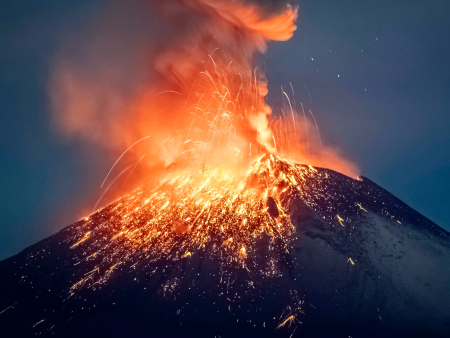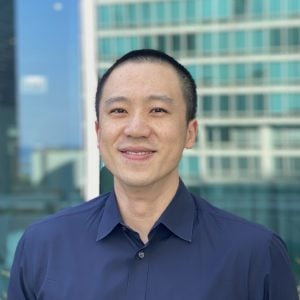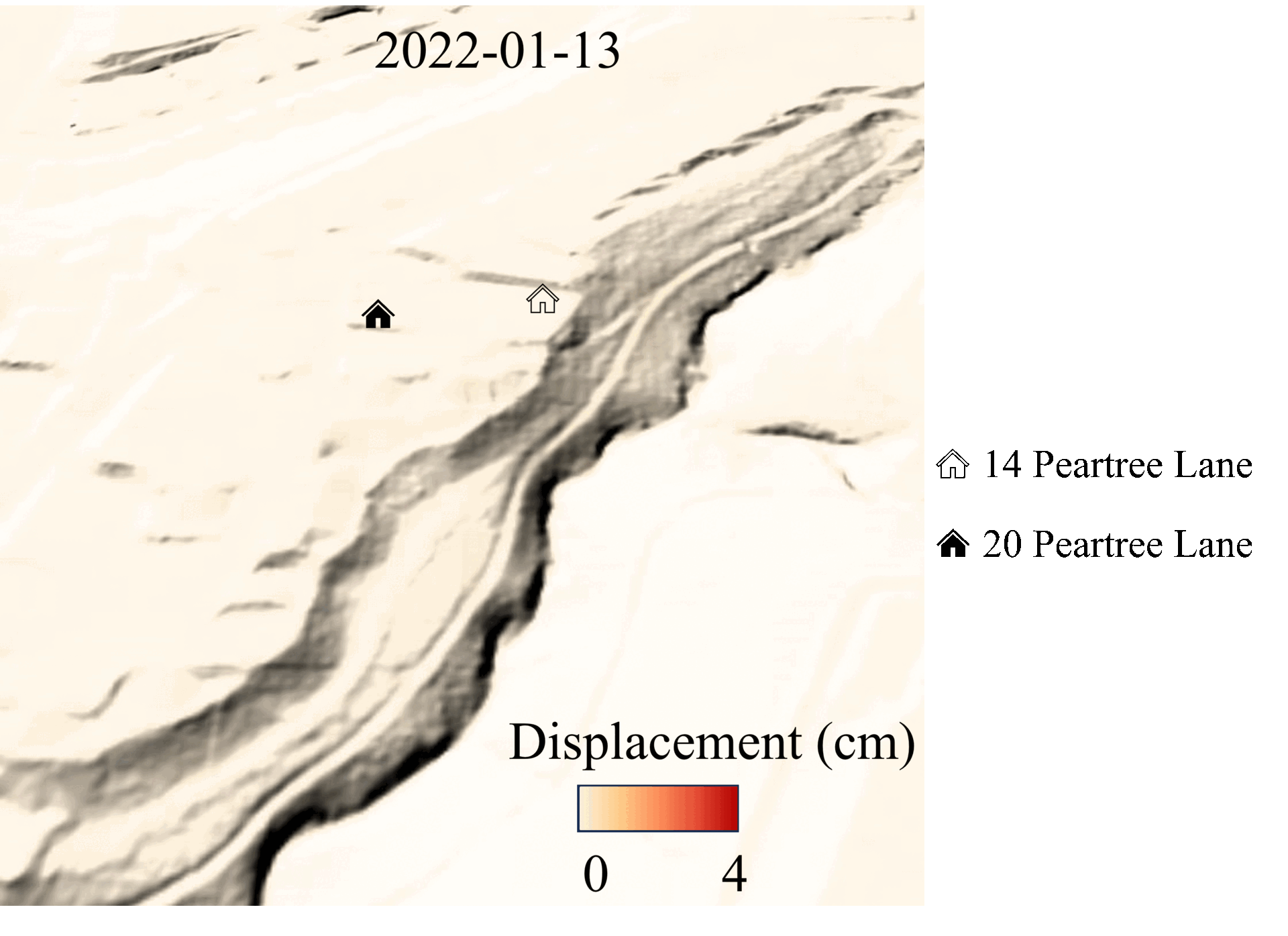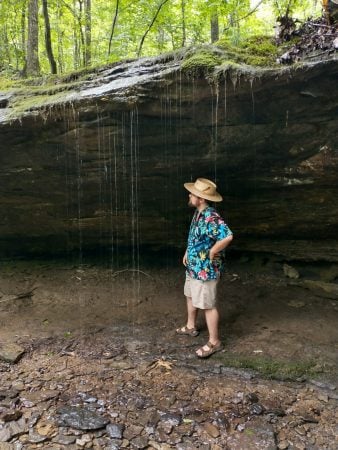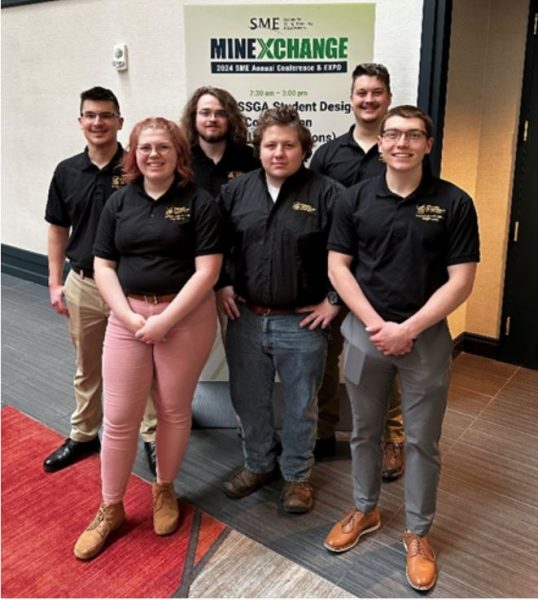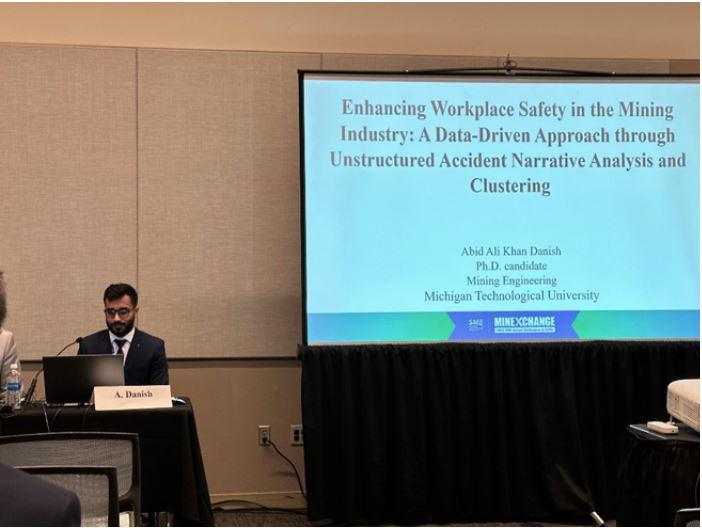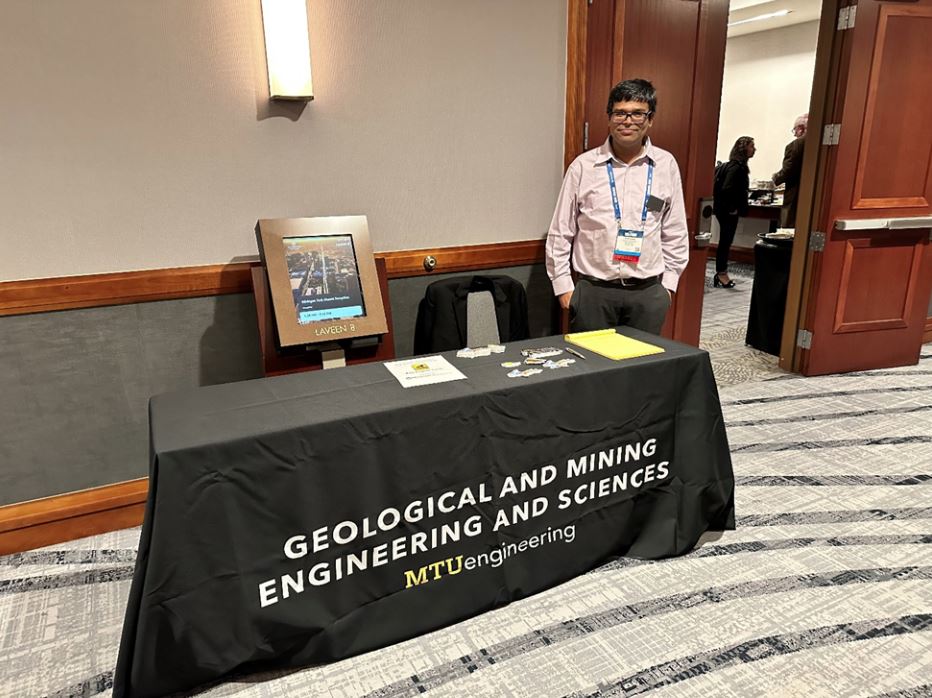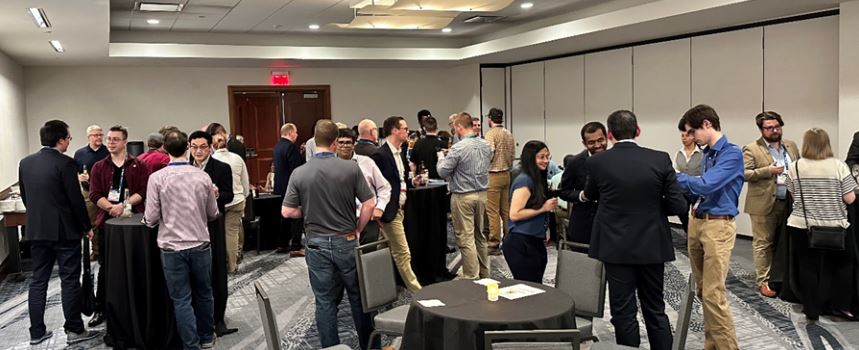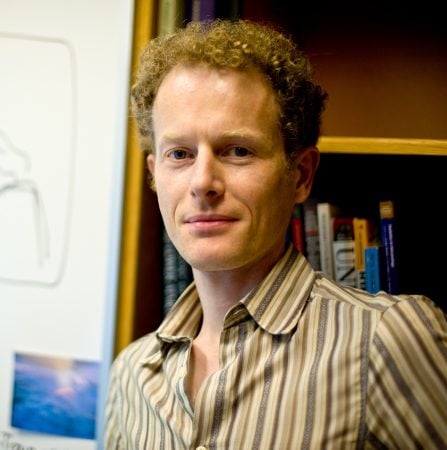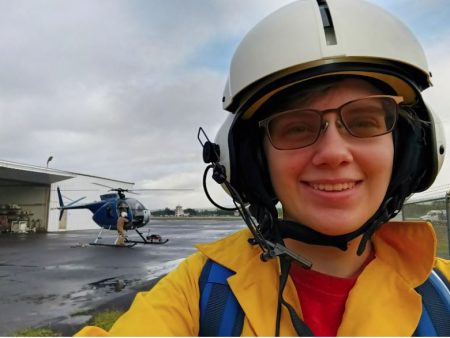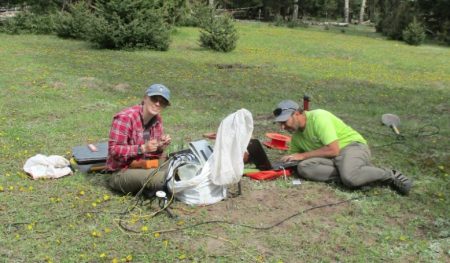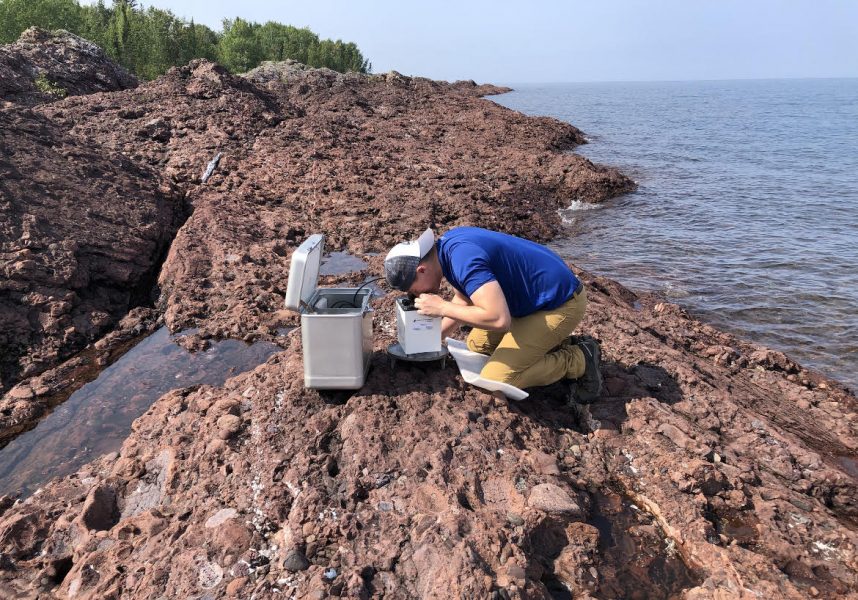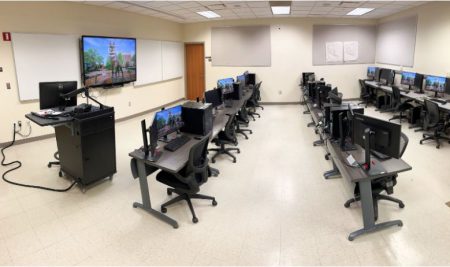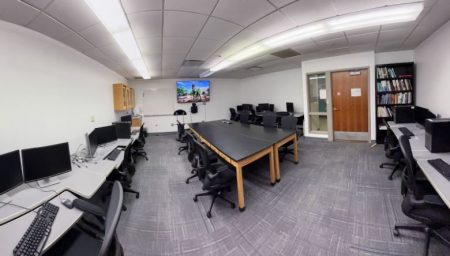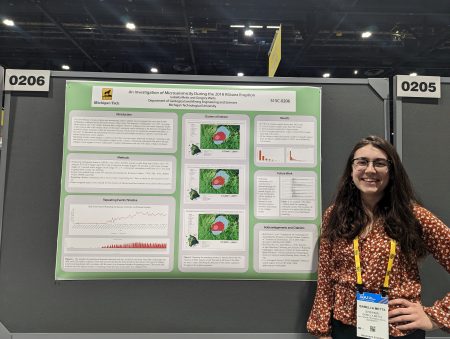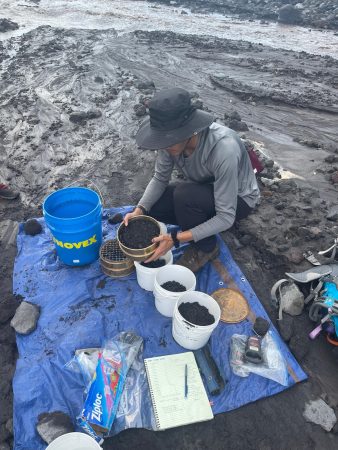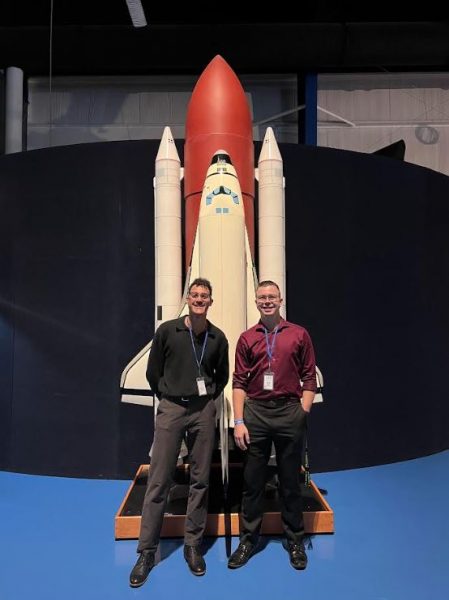GMES Student Spotlight Q&A: Aimee Zimmerman, MS Geophysics 2024, PhD Geophysics 2027
Hometown: Mill Hall, Pennsylvania
After finding a strong sense of belonging, Aimee Zimmerman relocated to Michigan Tech to pursue her Master of Science in Geophysics in 2022. Two years later, her passion for her research led her to continue her academic journey, and she is now working toward a Ph.D. with graduate student advising from Dr. Greg Waite. Aimee wants to know how an earthquake stresses a volcanic eruption. She monitors volcanic activity worldwide using thermal satellite imaging to determine if earthquakes and seismic activity can tell us something about volcanoes. She offers her perspectives on MTU below.
Q: Why did you choose to attend MTU?
A: I visited in the spring of 2022, and it immediately felt like home. The community was so welcoming and generous. I attended MTU for my Masters degree and was allowed to continue my education. I decided to stay for my PhD and continue the research I started in my Masters
Q: Do you have a favorite class or professor so far?
A: I have thoroughly enjoyed taking classes on natural hazards and their social dynamics. Learning about the discrepancies in dealing with hazards and how we can mitigate disasters has been extremely helpful.
Q: Are you in any clubs or groups on campus?
A: I am a part of InterVarsity, a Christian student organization. I lead a small group discussion with other graduate students
Q: What advice would you give to a future Husky?
A: Don’t solely exist to do homework and take exams. College is so much more than just classes, so get involved and branch out. Say yes to things, and you never know who you’ll meet or what you’ll get to experience
Q: What local activities do you enjoy outside of MTU?
A: I love to go rock hunting when the weather is nice. I have a rock tumbler, so finding rocks that polish nicely is always fun. I also love to volunteer for things involving my church. I am involved in the children’s ministry, so I get to spend time every week with pre-schoolers as they learn more about God
Q: What is your favorite on-campus place to eat? Off-campus?
A: The cafe in the library has amazing coffee, and the yogurt parfaits are also great. Off-campus, my favorite is The Ambassador. The pizza is my favorite up here, and they have such a fantastic atmosphere
Q: How do you survive winter?
A: I love to read, so cozying up on my couch with a good book and a cup of tea is the only way I get through the cold nights. I also love going to hockey games, which makes weekends super fun.
Q: Have your post-graduation plans changed since coming to MTU? If so, how and why?
A: Yes. I never considered going into teaching at the college level, but I was given the opportunity to be a teaching assistant for an introduction to geology lab. I loved seeing the students grasp the material after explaining things to them.
